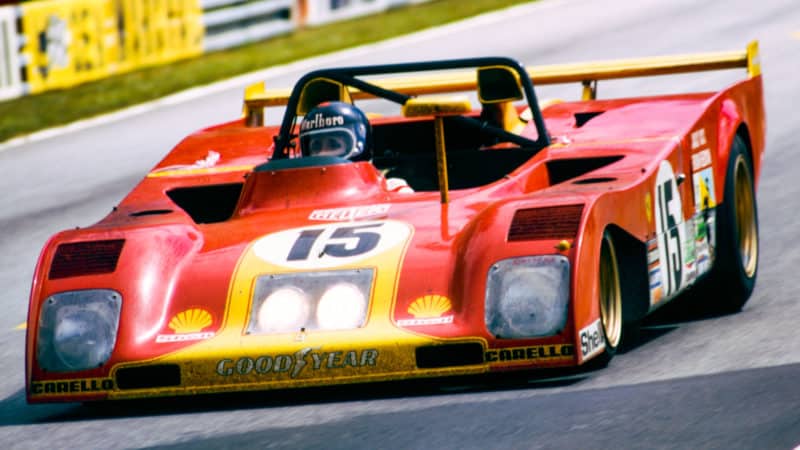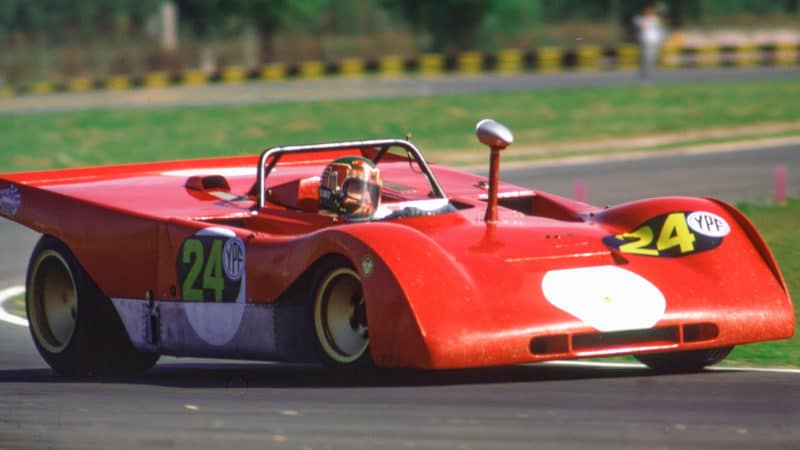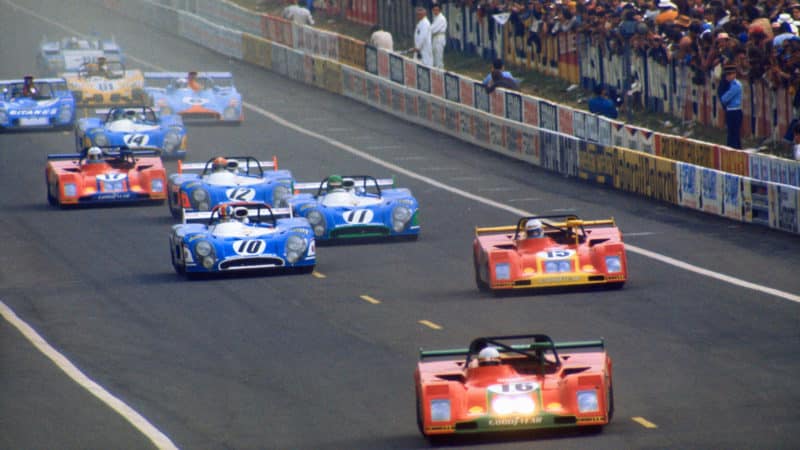Which neatly brings us to 1973, the only season in which Matra and Ferrari competed for outright victory from start to finish. Who won? Well we know what it says on paper, but I think I’ll let you decide if there is more to it than that.
Ferrari used the 312PB again, with mild modifications, mainly in the aerodynamic areas. Budgets were tighter now and for most races just two chassis would be used. Matra? Save at the season-opening Daytona 24hrs which Ferrari didn’t enter and the only Matra broke, it used the ‘B’ specification of the MS670, complete with own F1-derived 3-litre V12 engine, probably the engine most frequently named the best-sounding in history.
The season proper started at Vallelunga and while the French and Italian cars were well matched, a somewhat different approach to drivers was taken. For Matra that season and with one exception later in the year, it didn’t matter how good you were, if you weren’t French, you weren’t driving. It paired Henri Pescarolo with Gérard Larrousse, François Cevert with Jean-Pierre Beltoise while Ferrari teamed Jacky Ickx with Brian Redman, Arturo Merzario with Carlos Pace and Tim Schenken with Carlos Reutemann – just one Italian among six drivers.

Vallelunga was start of titanic Ferrari/Matra battle
DPPI
It was a close run thing, Cevert’s qualifying time of 1.5sec faster than the best Ferrari, saying more about its qualifying tyres than anything else. The remaining Ferraris and Matras were separated by 0.8sec from fastest to slowest. Ferrari had the edge on power, but the Matras handled the tight Italian circuit better. And while one Matra threw a rod the other won, but with a fleet of Ferraris in second, third and fourth places. Battle was joined.
Both teams only sent a brace of cars to Dijon where the finishing order was blue, red, blue, red but with Cevert claiming both pole and fastest lap on home territory. He did the same at Monza, but by the time the flag fell for the last time, it was with Ferraris in first and second places to predictable delirium from the tifosi.





